When it comes to fall flavors, chestnuts are a go-to for many.
Although they appear in the back-to-school season, unfortunately, not everyone has access to fresh chestnuts or knows how to source them.
If you’re looking for something similar and just as delicious as chestnuts but easier to come by, look no further!
In today’s post, we’ll provide insight on which ingredients can substitute for chestnuts.
So if you’re seeking an alternative ingredient that still offers numerous health benefits, read on!
What Are Chestnuts?
Chestnuts are a type of nut that is encased in a spiny shell.
Native to certain parts of Europe, Asia, and North America, chestnuts have been a staple of diets for centuries.
A sweet nutmeat inside its hard casing, chestnuts can be used to make anything from main dishes to desserts and beverages.
Chestnuts can be boiled, roasted, or ground into flour.
Boiled chestnuts are traditionally eaten as a snack, while roasted chestnuts are often enjoyed with glazes or spices for an even sweeter flavor.
Ground chestnut flour is great for making pancake-like dishes and crepes. Chestnut flour can also make various cakes, breads, and even cookies.
Chestnuts can also be used in soups or stews. A traditional French soup, called potée aux châtaignes, is made with chestnuts.
Stewed chestnuts are often simmered in cream to make an aromatic dish perfect for winter.
Roasted chestnuts can be added to salads or used as a garnish for main dishes, adding flavor and texture to any meal.

Substitutes For Chestnuts
Chestnuts are a popular ingredient in many traditional dishes. Unfortunately, they can be hard to find and tricky to prepare.
If chestnuts aren’t available or you don’t have the time to prepare them properly, there are several good substitutes that can provide similar flavor and texture.
Here is a look at some of the best options to substitute for chestnuts:
Hazelnuts
Hazelnuts, also called filberts, are small edible nuts that grow on trees belonging to the genus Corylus.
They have a slightly sweet and nutty flavor with a soft, crunchy texture.
Because they are so similar in flavor and texture to chestnuts, hazelnuts are often used as an alternative when chestnuts aren’t available.
They can be used in various recipes, including pasta sauces, pastries, and even ice cream.
While they may not be as flavorful as chestnuts, hazelnuts can be a great substitution in cooking when they aren’t available.
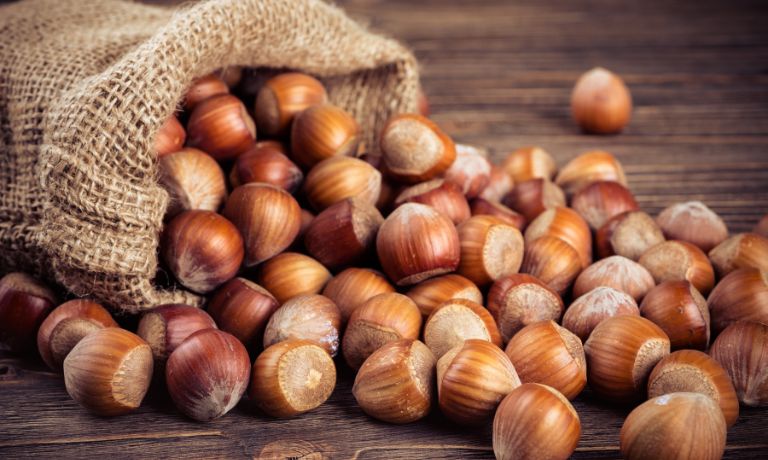
Jackfruit Nut
The jackfruit nut is the seed of the jackfruit, a large tree-borne tropical fruit that grows in parts of Asia.
The seed, which looks like a chestnut but has the texture and flavor of sweet potato, can be eaten raw or cooked in various dishes.
Because it is low in fat and high in carbohydrates, protein, and both soluble and insoluble fiber, it is a healthy substitute for chestnuts in cooking.
It is also a great source of minerals like calcium, phosphorus, iron, magnesium, potassium, sodium, zinc and selenium.
Regarding flavor, jackfruit nut is milder than chestnuts and can easily be incorporated into many dishes for a unique twist on traditional recipes.
Additionally, due to its high fiber content, it can help keep you full longer after eating.
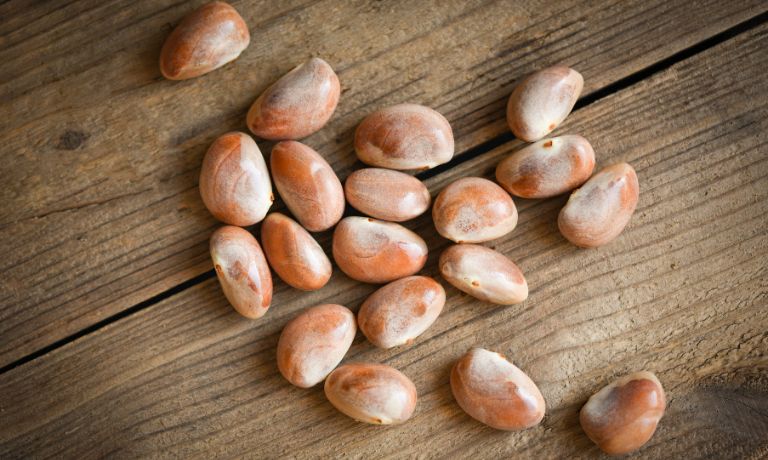
Pistachio Nut
Pistachio nuts are small, green-colored edible seeds of the Pistacia vera tree native to the Middle East.
The nut has a sweet flavor and a soft texture that can be used in many recipes as a substitution for chestnuts.
Pistachios are packed with dietary fiber, protein, vitamin B6, thiamin, and copper, making them a healthy addition to any diet.
They can be eaten raw, roasted or ground into flour for use in baked goods.
They are often used as a crunchy topping for salads, desserts, and other dishes.
Pistachio nuts can also be used in savory recipes, such as pesto or meatballs, to add a tasty crunch and nutty flavor.
When substituting for chestnuts, note that pistachios will not provide the same level of sweetness as chestnuts.
To achieve a sweet flavor, consider adding a small amount of honey or brown sugar to your recipe.
Pistachios also provide a healthy alternative to chestnuts for low-fat snacks. Enjoy pistachios as you would chestnuts in any dish!
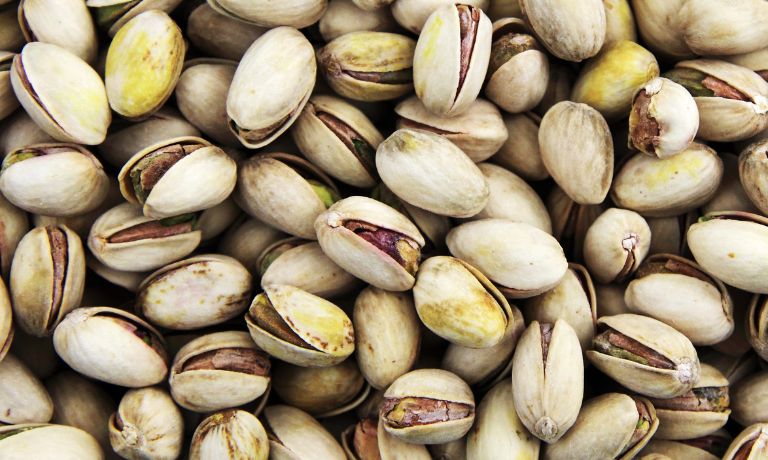
Tiger Nut
Tiger nuts, chufa or earth almonds are small root vegetable native to North Africa and the Mediterranean region.
They have been used for centuries in traditional cooking and baking recipes, including chestnut substitutes.
Tiger nuts contain high levels of fiber, healthy fats, protein, vitamins and minerals and are gluten-free.
They are also a great energy source and can help reduce cholesterol levels.
Tiger nuts have a sweet, nutty flavor, making them an ideal substitute for chestnuts in recipes such as cakes, muffins, and pancakes.
As well as being used as a substitute in baking recipes, they can be boiled, roasted or steamed, used as a side dish, or even chopped and added to salads.
Tiger nuts are also becoming increasingly popular in smoothies and juices, providing a nutritious energy boost.
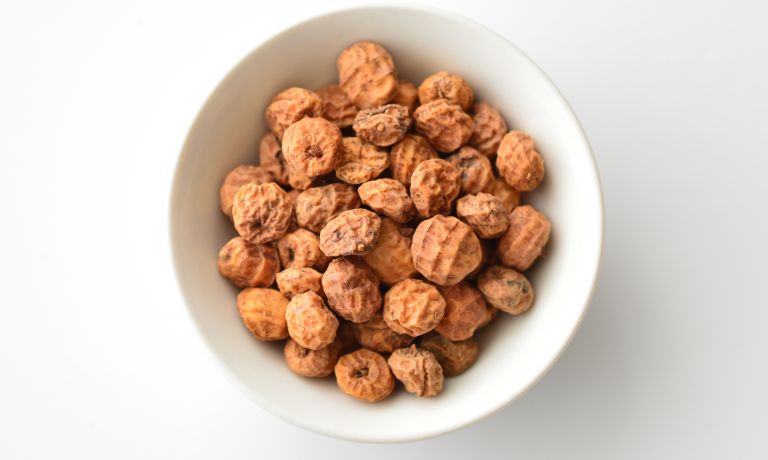
Macadamia Nut
A macadamia nut is a small, creamy-textured nut with a sweet, nutty flavor.
Known for its buttery texture and rich flavor, macadamia nuts are becoming increasingly popular among chefs and home cooks alike due to their versatility in cooking.
Macadamia nuts can be used in many recipes for chestnuts, such as stuffing, desserts, and side dishes.
The creamy texture of the nuts replaces the chewy texture of chestnuts while still providing a nutty flavor.
In many recipes, macadamia nuts make a nutritious and delicious substitute for chestnuts.
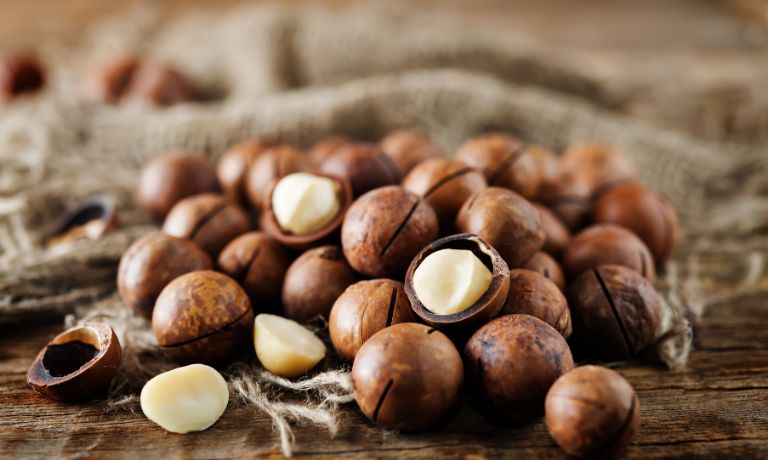
Almonds
Almonds are a type of nut native to the Middle East and South Asia.
They have a creamy, slightly sweet flavor and crunchy texture making them an excellent substitution for chestnuts in cooking.
They are also high in protein, fiber, calcium, magnesium and Vitamin E – all essential nutrients that help keep our bodies healthy.
Almonds can be used in a variety of dishes – from sweet treats to savory meals – and are available in many forms, such as raw, blanched, slivered or roasted.
Whether you’re looking for something healthy to snack on or an ingredient to add flavor and texture to your recipes, almonds are sure to fit the bill.
Plus, they’re easy to find and relatively inexpensive. They are sure to add flavor and nutrition to any dish!

Pecan
Pecan is a tree nut native to Mexico and the southern United States. It has an oval-shaped kernel that is brown in color and has a buttery flavor.
Pecans are rich in vitamins, minerals, antioxidants, polyunsaturated fats, and dietary fiber.
This nut can be used as an alternative for chestnuts in various recipes, including pies, cakes, cookies, and stuffing.
Pecans provide a sweet flavor to dishes and are full of protein and healthy fats.
They can also be used as the base for sauces or even blended into smoothies.
Additionally, pecans are an excellent energy source and contain essential vitamins like B-complex vitamins, zinc, copper, and magnesium.
This nut can be used as an alternative to chestnuts due to its mild flavor and texture that mimics the taste of chestnuts.
Adding pecans instead of chestnuts in recipes, not only adds a different flavor but also provides additional nutrient benefits.
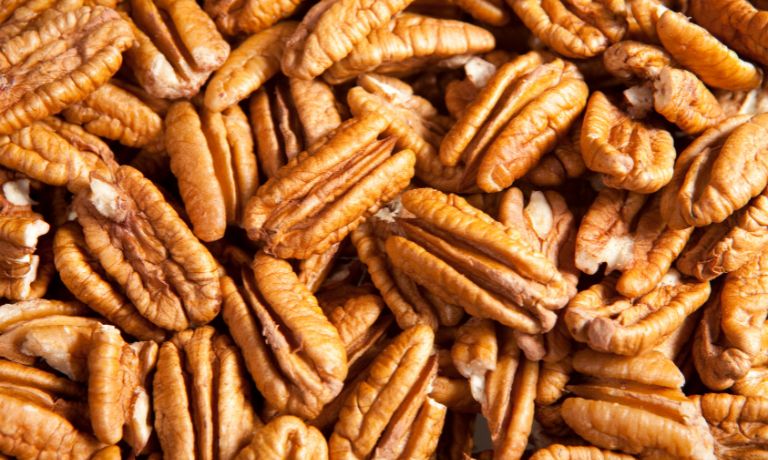
Pumpkin Seeds
Pumpkin Seeds, also known as pepitas, are the edible seeds of a pumpkin or other squash.
They have a slightly sweet flavor and can be used in many dishes as a crunchy alternative to chestnuts.
Pumpkin Seeds are high in nutrients like Vitamin E, magnesium, zinc, iron and phosphorus. They are also a source of dietary fiber and protein.
Though they can be eaten raw, roasting them is the more popular choice to bring out their nutty flavor and crunchy texture.
Pumpkin Seeds are often used in soups, salads, casseroles, trail mix and breads as a healthy snack or meal accompaniment.
They can also be spiced up with various seasonings to add flavor.
Pumpkin Seeds are a great substitute for chestnuts in recipes, providing many of the same nutrients without the high fat content.
They can be used in savory dishes as well as sweet desserts.

FAQs
Do Sweet Potatoes Have A Chestnut Flavor?
No, sweet potatoes do not have a chestnut flavor.
Sweet potatoes have a naturally sweet taste similar to yams and can be used in many recipes as an alternative to regular potatoes.
Are Chestnuts Similar To Peanuts?
No, chestnuts and peanuts are not the same.
Chestnuts are much larger than peanuts and have a unique flavor profile compared to peanuts.
They also have a softer texture similar to an apple or potato.
Are Chestnuts Healthy?
Yes, chestnuts are a healthy and versatile food. They contain complex carbohydrates, fiber, protein, vitamins, minerals and antioxidants.
Conclusion
Many healthy and tasty options are available to substitute for chestnuts.
From pistachios to tiger nuts and almonds to pecans and pumpkin seeds, each nut or seed provides unique flavors and textures that can be used in various dishes.
Not only do they provide added nutritional benefits, but they also help reduce the fat content in recipes.
For those looking for a chestnut substitute, these nuts and seeds provide a great alternative that will not only add flavor but also improve the overall health profile of a dish.

